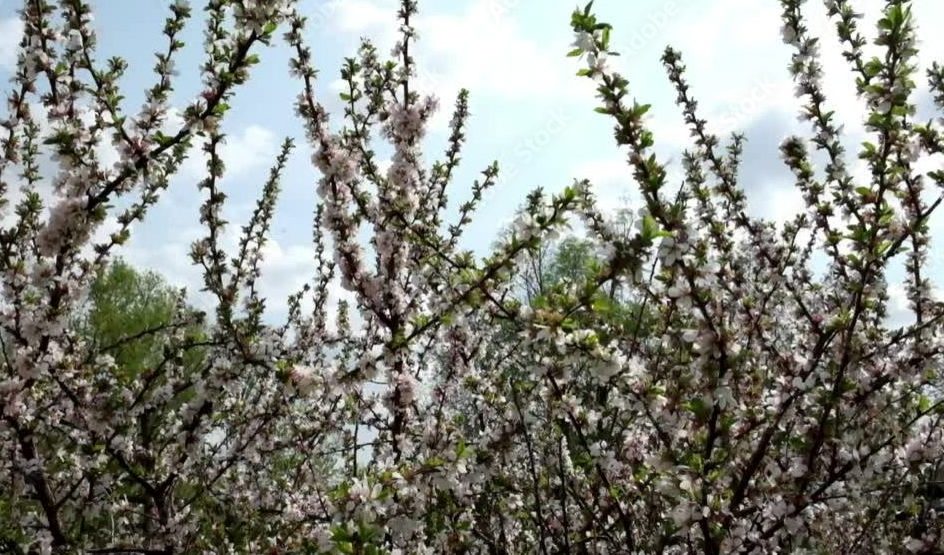
Spring Natural product Trees to Plant
Spring Fruit trees are an great expansion to any cultivate, giving shade, excellence, and a copious collection. When selecting natural product trees for your spring cultivate, consider components such as climate, soil sort, and upkeep necessities. Here are a few of the best spring natural product trees to plant:
Apple Trees
Apple trees are a classic choice for domestic gardens. They come in different assortments, counting predominate, semi-dwarf, and standard sizes. Prevalent choices incorporate Honeycrisp, Fuji, and Occasion. When planting apple trees, select a sunny spot with well-drained soil, and keep in mind that most apple assortments require cross-pollination, so plant at least two congruous trees.
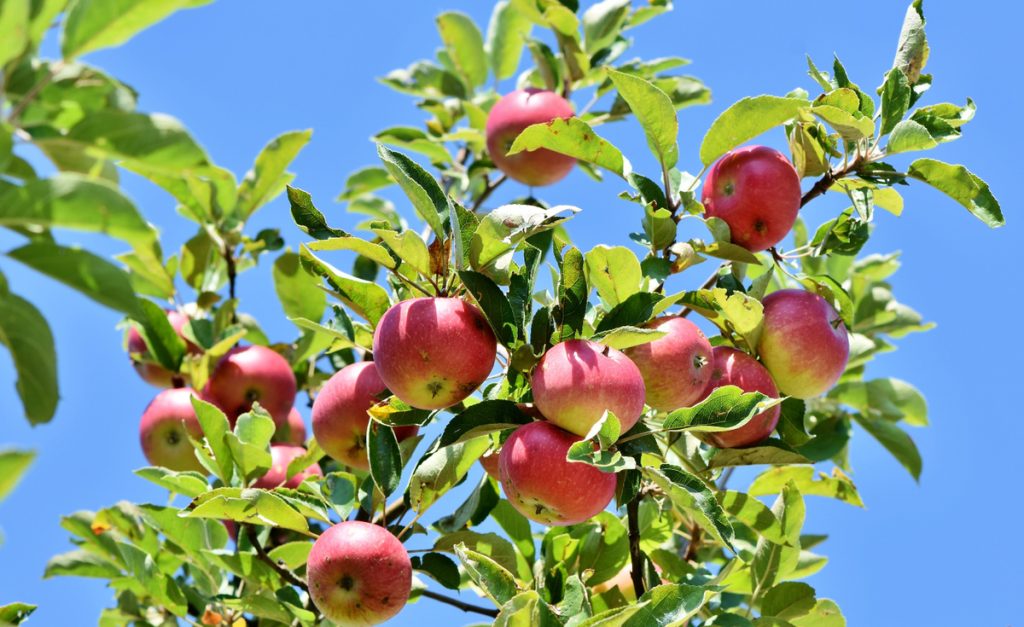
Pear Trees
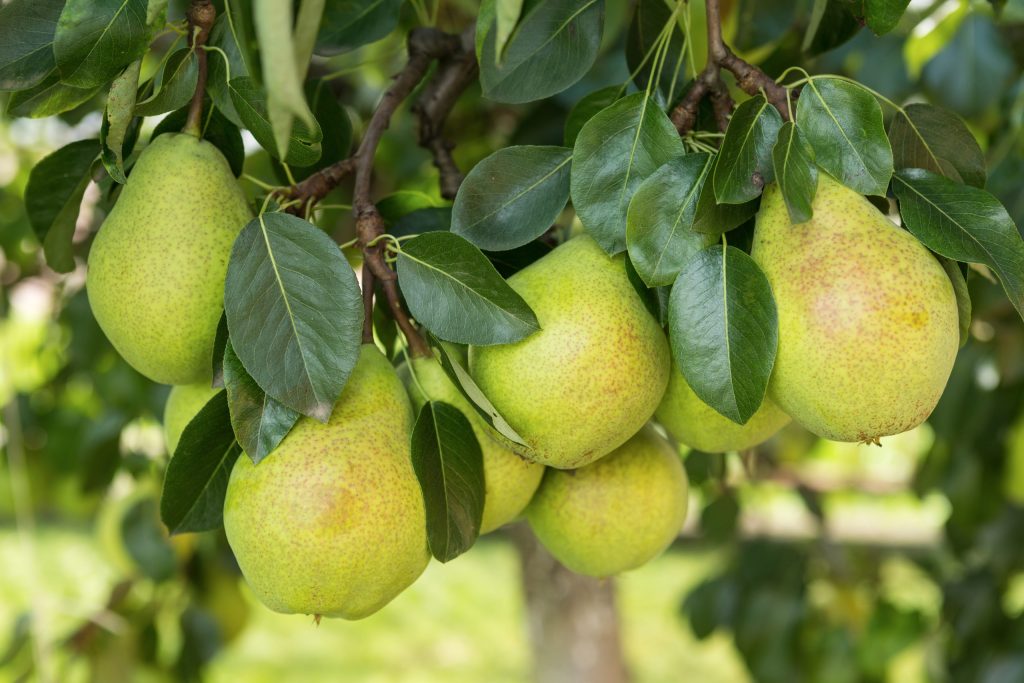
Cherry Trees
Cherry trees thrive in full sunlight, which helps them produce an abundance of fruit. They also benefit from regular watering, especially during dry spells, to support healthy growth. Mulching around the base of the tree helps retain moisture and keeps weeds under control. Most sweet cherry varieties require a second tree for cross-pollination, while sour cherries are often self-pollinating. Proper pruning improves air circulation and prevents diseases like fungal infections. These trees are also attractive to pollinators, enhancing the overall health of your garden. With the right care, cherry trees can provide delicious fruit for many years. Their vibrant blossoms in spring make them a stunning addition to any landscape.
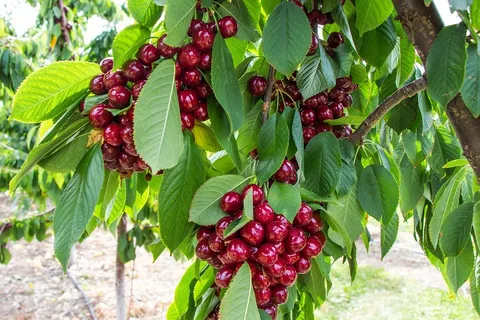
Peach Trees
Regular watering is essential, especially during dry periods, to ensure healthy fruit development.Applying mulch around the tree’s base helps conserve moisture and inhibit weed growth. Peach trees benefit from fertilization in early spring to support strong growth and fruit production. Thinning the fruit early in the season ensures larger, juicy peaches at harvest time. These trees are also susceptible to pests and diseases, so regular monitoring is important. Their beautiful pink blossoms in spring add ornamental value to any garden. Most peach varieties are self-pollinating, making them an easy choice for home growers. With proper care, peach trees can provide delicious, sun-ripened fruit for many years.
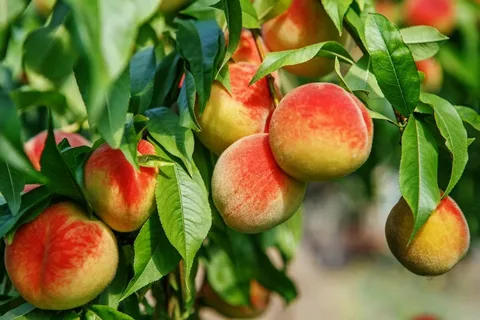
Plum Trees
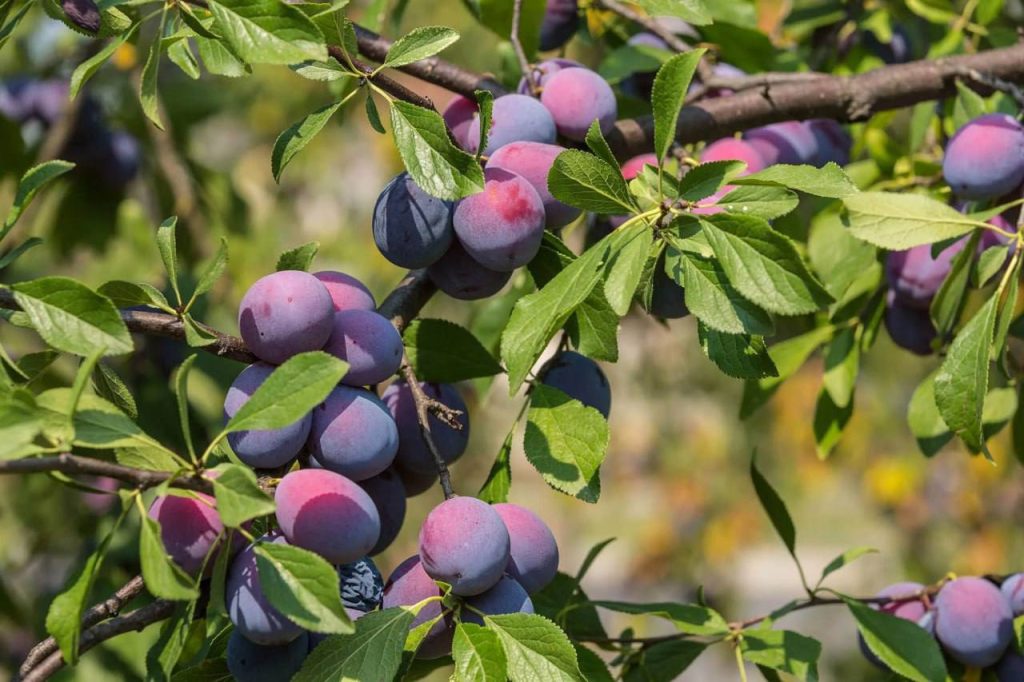
Berry Bushes for Spring Gardens
Berry bushes are a superb expansion to any spring cultivate, advertising tasty natural product and negligible support. Here are a few of the best berry bushes to plant in spring:
Blueberries
Blueberries are a favorite among gardeners, not only for their naturally sweet flavor but also for their numerous health benefits. Rich in antioxidants, vitamins, and fiber, they are a great addition to a healthy diet. Blueberry bushes thrive in acidic soil with a pH between 4.5 and 5.5, making soil preparation essential for successful growth. These bushes require full sun to produce an abundant harvest, so planting them in a bright location is crucial. It is highly recommended to plant at least two different varieties to improve cross-pollination, which results in better fruit production and a higher yield. Regular watering is necessary, especially during dry periods, to keep the soil consistently moist but not waterlogged. Adding mulch around the base of the bushes helps retain moisture and suppress weeds, creating a better growing environment. With proper care, blueberry bushes will reward you with sweet, juicy berries for many years, making them a worthwhile investment for any home garden.
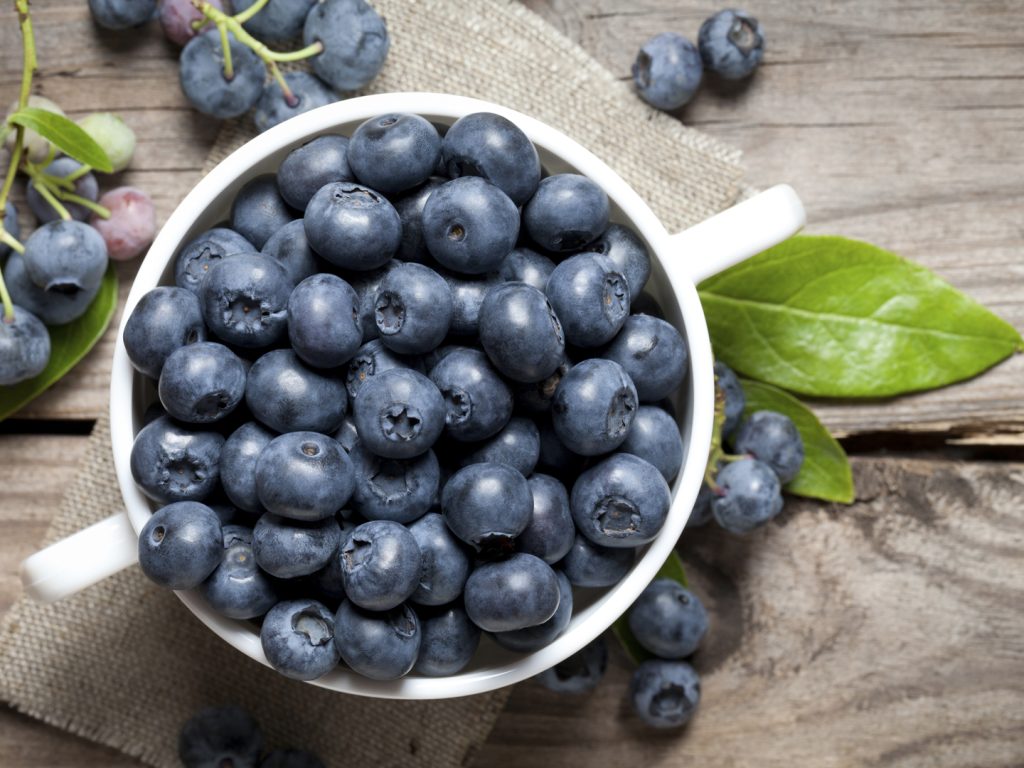
Raspberries
Raspberry bushes are an excellent choice for gardeners of all skill levels, as they are easy to grow and provide a continuous supply of fruit for several years. These bushes come in two main types: summer-bearing, which produces fruit once a year, and everbearing, which provides two harvests—one in early summer and another in early fall. Raspberries prefer well-drained soil that is rich in organic matter, and they thrive in areas with good air circulation to reduce the risk of fungal diseases. Installing a support structure, such as a trellis or fence, can help keep the bushes upright and make harvesting easier. Regular pruning is essential to remove old canes and encourage new growth, which improves fruit production. Raspberries spread quickly, so maintaining the plants with proper spacing and occasional thinning prevents overcrowding. These berries are perfect for fresh eating, baking, or preserving as jams and jellies. With the right care, raspberry bushes will provide an abundant harvest season after season.
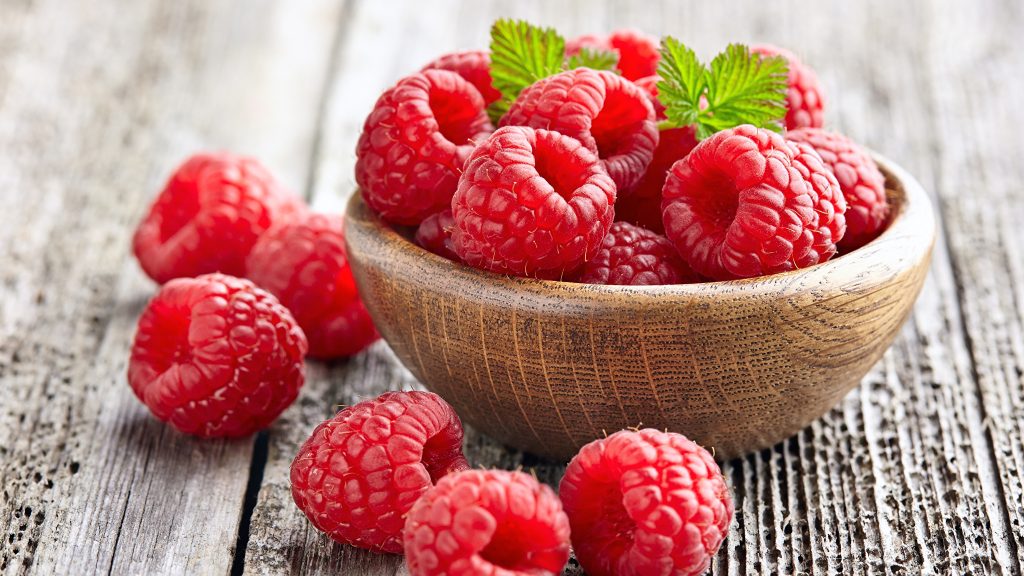
Strawberries
Strawberries are one of the easiest and most rewarding berries to grow, making them a perfect choice for beginners and experienced gardeners alike. These versatile plants can be grown in traditional garden beds, raised beds, containers, or even hanging baskets, allowing for flexible placement in any garden setting. There are three main types of strawberries to choose from: June-bearing, which produces a large crop once a year; everbearing, which yields two or three harvests throughout the growing season; and day-neutral, which continuously produces fruit as long as the temperatures are favorable. Strawberries thrive in well-drained soil with plenty of organic matter and require full sun for optimal fruit production. Regular watering is essential, especially when the plants are flowering and setting fruit. Applying straw mulch around the plants helps retain moisture, suppress weeds, and protect the berries from soil contact, reducing the risk of rot. To ensure strong, productive plants, runners should be trimmed or repositioned to prevent overcrowding. Homegrown strawberries are much sweeter and more flavorful than store-bought varieties, making them a delightful addition to any garden.
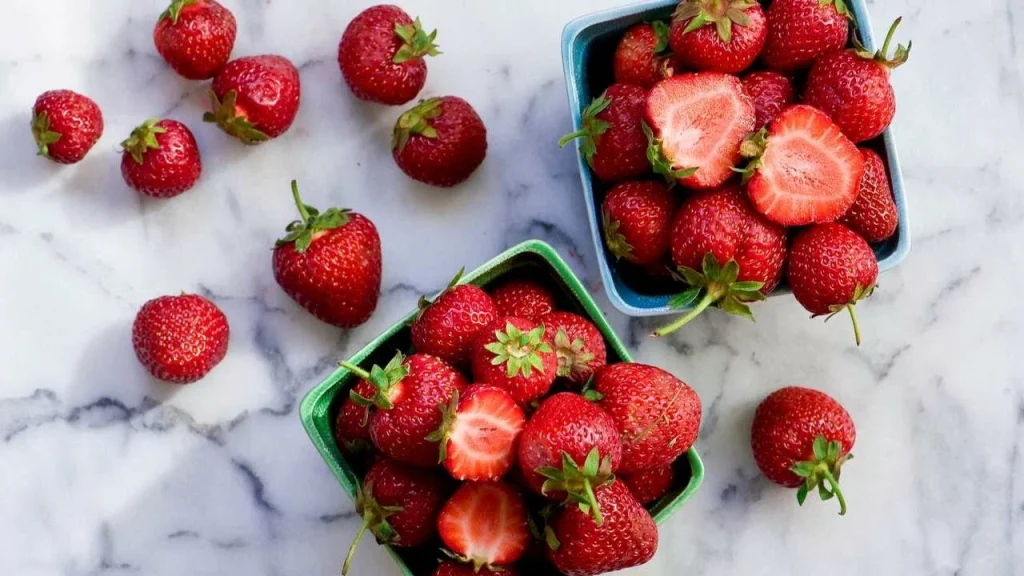
Blackberries
Blackberry bushes are hardy and productive, offering large, juicy berries that are perfect for fresh eating, baking, and preserving. These vigorous plants thrive in full sun and require well-drained soil to prevent root rot. Unlike wild blackberries, many cultivated varieties are thornless, making harvesting easier and more enjoyable. Blackberry bushes benefit from regular pruning to remove old canes and encourage new growth, which improves fruit production and overall plant health. Trellising is recommended for some varieties, as it keeps the bushes organized and makes harvesting more convenient. Blackberries are relatively low-maintenance, but they do require consistent watering during dry spells to ensure plump, flavorful berries. These plants are highly productive and can provide an abundance of fruit for many years with proper care. Their ability to grow in different climates makes them a great addition to any garden, and their delicious, nutrient-rich berries make them a favorite among fruit lovers.
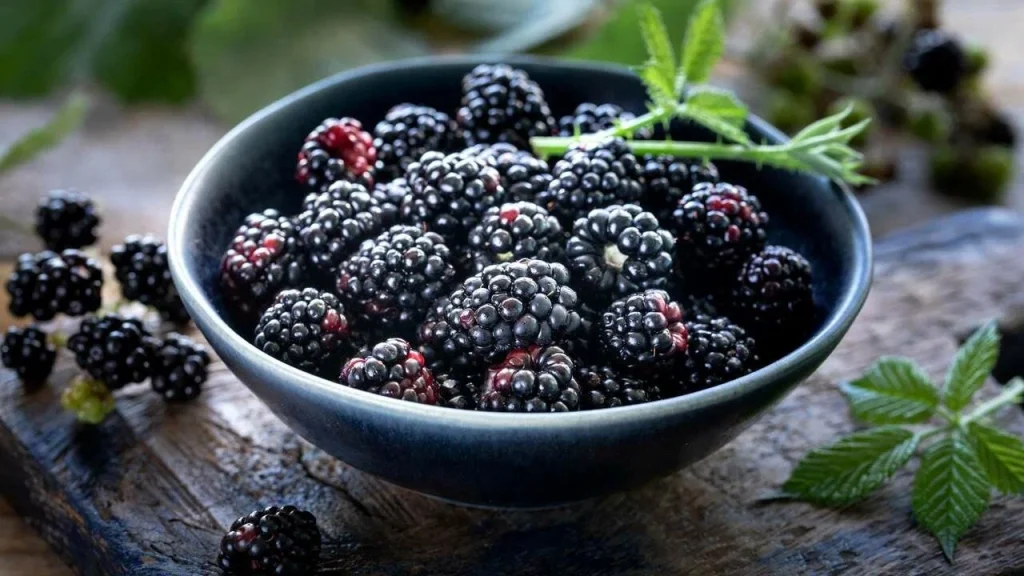
Gooseberries
Gooseberries may not be as well-known as other berry bushes, but they are highly valuable due to their unique flavor and versatility. These hardy plants thrive in cooler climates and are known for producing tart, flavorful berries that can be eaten fresh or used in a variety of recipes, including jams, pies, and desserts. Gooseberries prefer well-drained soil with moderate sunlight and benefit from regular pruning to maintain their shape and encourage better fruit production. These bushes are relatively low-maintenance, requiring only occasional fertilization and consistent watering to support healthy growth. They are also resistant to many common pests and diseases, making them a reliable option for home gardeners. Gooseberries can be grown as freestanding bushes or trained against a wall or trellis for better space utilization. Their tangy, vitamin-rich berries provide a delightful contrast to sweeter fruits, making them a valuable addition to any home orchard. With proper care, gooseberry bushes will continue to produce fruit for years, rewarding gardeners with a steady supply of delicious and nutritious berries.
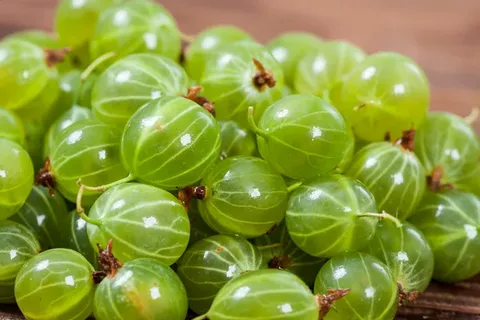
Caring for Recently Planted Trees
Once you’ve planted your spring fruit trees natural product trees and berry bushes, appropriate care is fundamental to guarantee solid development and a bountiful gather. Here are a few key tips:
Watering
Newly planted trees require reliable watering to build up their roots. Water profoundly once or twice a week, depending on precipitation and soil conditions. Maintain a strategic distance from overwatering, as soaked soil can lead to root rot.
Mulching
Mulching around the base of your trees and bushes makes a difference in holding dampness, smothering weeds, and direct soil temperature. Utilize natural mulch like wood chips or straw, but keep it a few inches away from the trunk to anticipate rot.
Pruning
Pruning is fundamental for forming youthful trees and evacuating any harmed or infected branches. For natural product trees, legitimate pruning energizes wind current and natural product generation. Berry bushes moreover advantage from yearly pruning to advance unused growth.
Fertilizing
Use an adjusted fertilizer to give fundamental supplements for development. Natural choices like compost or angle emulsion work well. Maintain a strategic distance from over-fertilizing, as intemperate nitrogen can lead to lavish foliage but less fruits.
Ensuring from Bugs and Diseases
Fruit trees and berry bushes are helpless to bothers like aphids, caterpillars, and parasitic illnesses. Utilize natural bother control strategies such as neem oil, insecticidal cleanser, and companion planting. Frequently assess your plants for signs of disease.
Supporting Growth
Some trees and berry bushes require back structures. For occasion, raspberries and blackberries develop best with trellises, whereas youthful trees may require stakes to anticipate twisting or breaking.
Fertilization Considerations
Many natural product trees require cross-pollination for effective fruiting. Be beyond any doubt to plant congruous assortments inside near vicinity to empower fertilization. Bees and other pollinators play a vital part, so planting blooms that draw in them can offer assistance in making strides in natural product yields.
Regular Maintenance
Different seasons require diverse care procedures. In spring, center on planting, pruning, and fertilizing. In summer, keep up with watering and bother control. Drop is the time for mulching and planning trees for winter, whereas winter is perfect for torpidity pruning in a few climates.
Managing Tree Growth
To ensure optimal fruit production, monitor the tree’s growth pattern. Remove any suckers growing from the base of the tree and thin out excessive fruit to avoid overcrowding.
Enhancing Soil Health
Consider incorporating organic matter such as compost, manure, or mulch regularly to maintain nutrient-rich soil. Beneficial soil microbes also play a role in plant health, so avoid using chemical pesticides excessively.

Using Natural Pest Control Methods
Encourage natural predators like ladybugs and birds to help keep harmful pests under control. Installing bird feeders or planting flowers that attract beneficial insects can create a balanced ecosystem in your garden.
Planting spring fruit trees and berry bushes is a rewarding way to enhance your spring garden. By selecting the right trees and bushes, providing proper care, and following essential maintenance tips, you can enjoy a thriving orchard and delicious homegrown fruit. Whether you’re growing apples, cherries, blueberries, or raspberries, your garden will flourish with a little attention and effort. Start planning your spring planting today and reap the rewards for years to come!
By following these guidelines, you’ll ensure that your fruit trees and berry bushes thrive, providing you with a sustainable and bountiful harvest. Happy gardening!
 Spring Garden
Spring Garden